Nasa Orion test flight 'exceeds all expectations' and splashes safely into Pacific Ocean
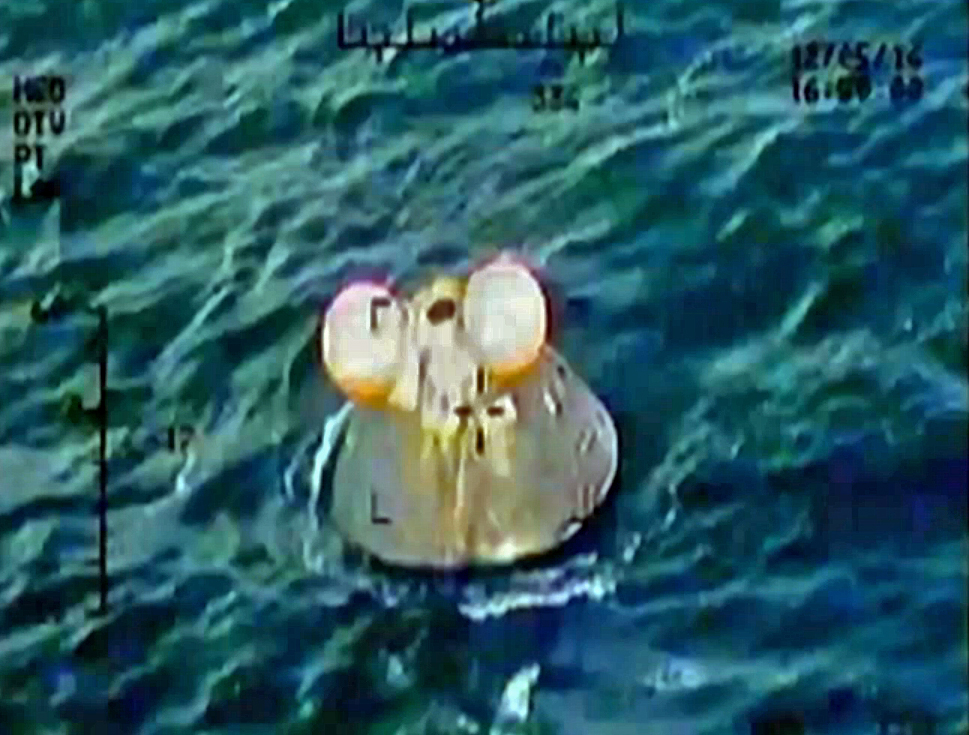

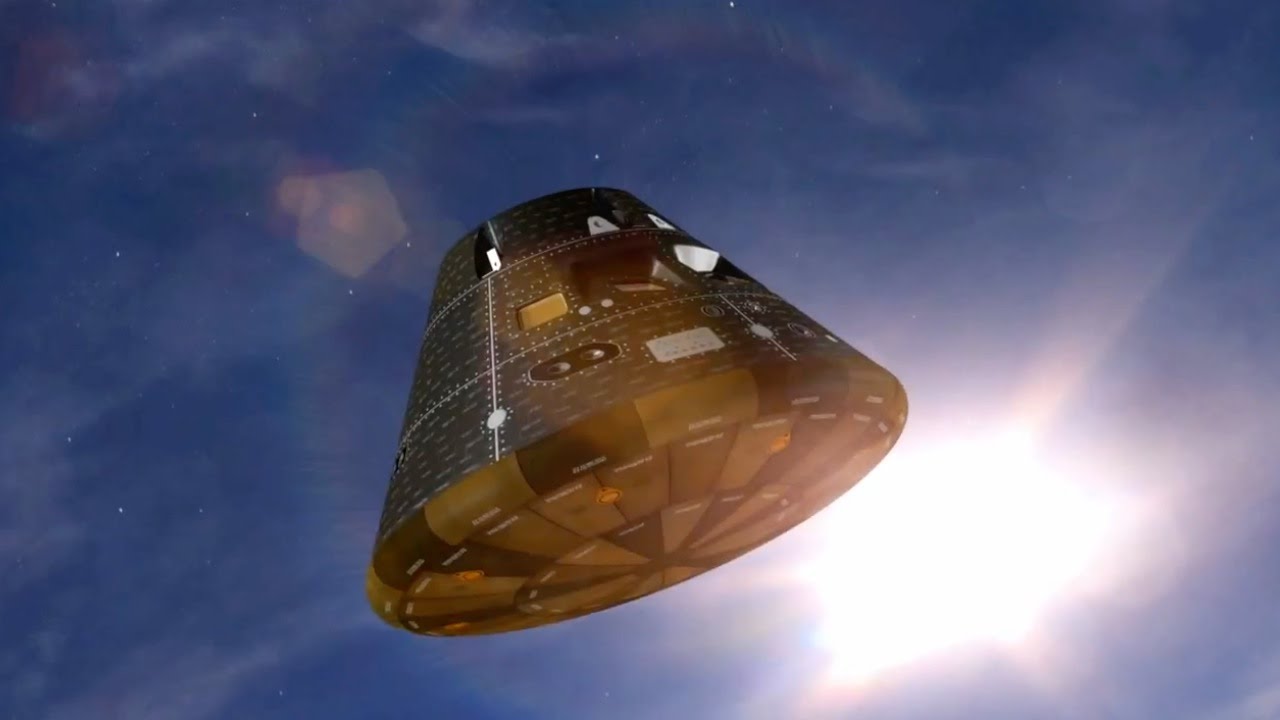
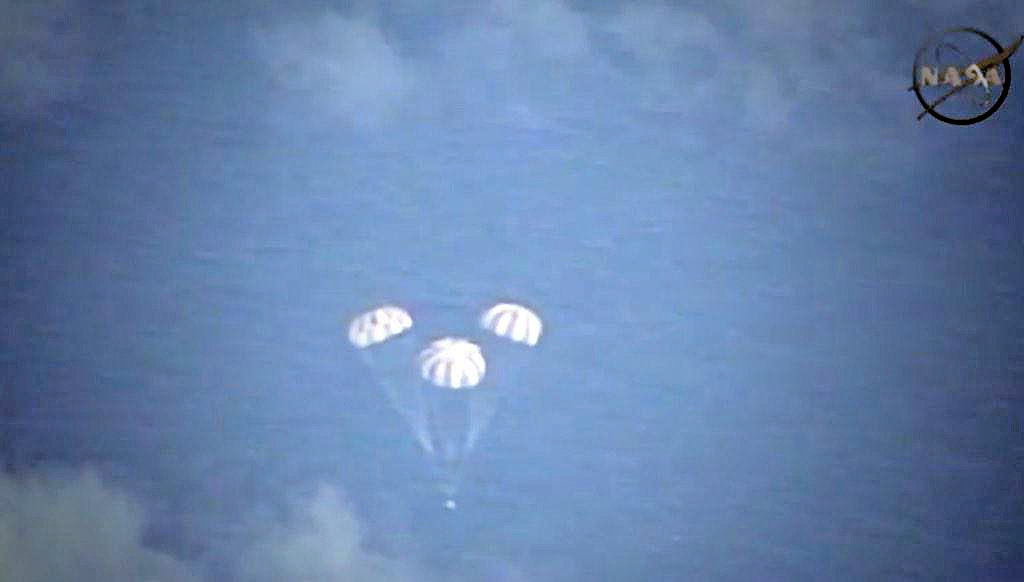

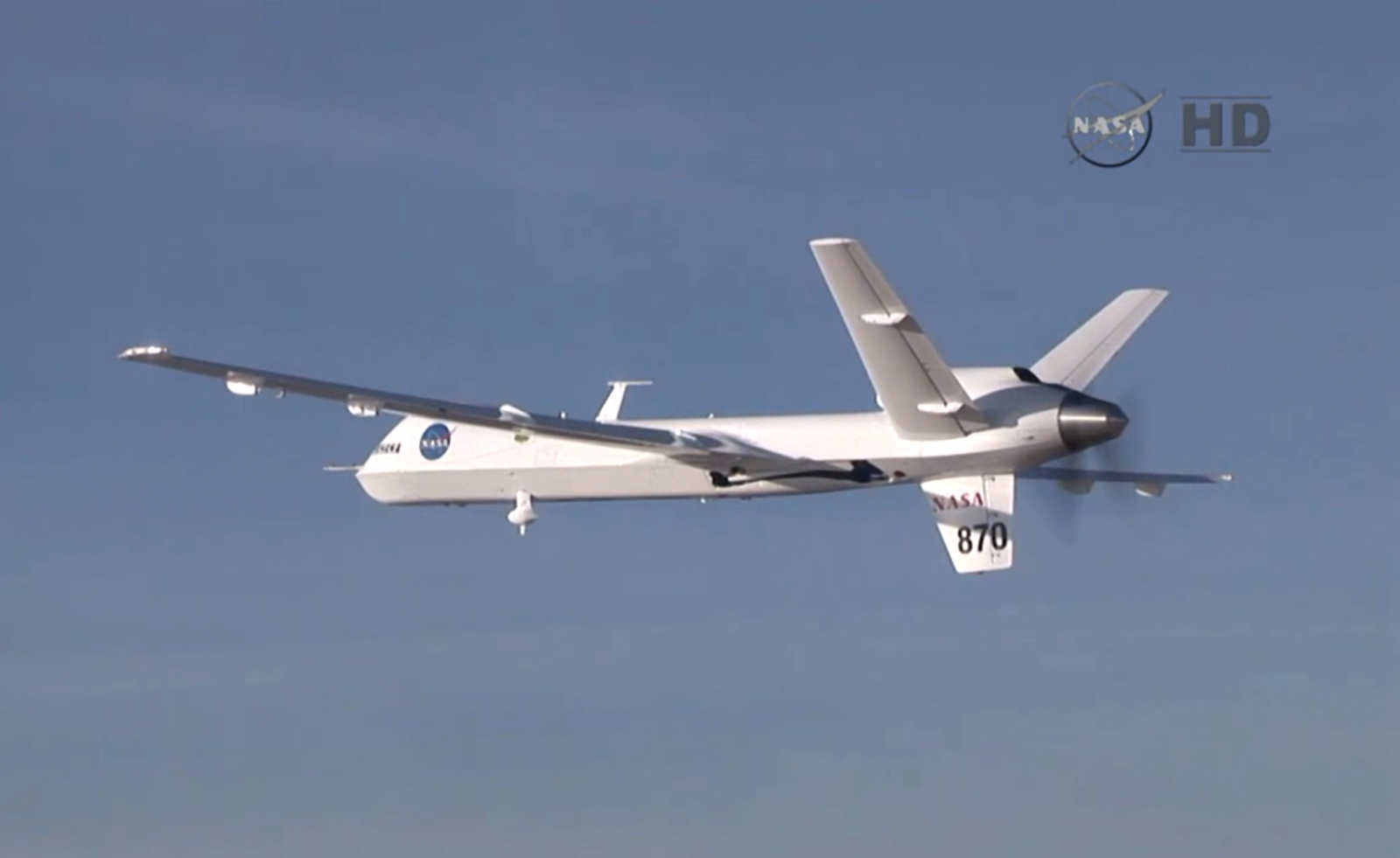
Nasa's Orion unmanned test flight to deep space has successfully returned to Earth, splashing down on time at 4.29pm GMT (11.29am EST) and on-target into the Pacific Ocean, perfectly upright with every part of the system "functioning by the book", according to Nasa.
The mission has made history for being the furthest a space programme has ever ventured beyond Earth, and marks mankind's first step towards potentially putting humans on Mars one day.
Despite delays and technical problems yesterday (4 December) during the test flight's first launch attempt, the second attempt this morning from Cape Canaveral Air Force Station has gone completely smoothly, even launching right on time at 12.05pm GMT (7.05am EST).
Hundreds gathered at the Nasa Causeway to see the launch, while over 34 million viewers around the world watched the online live stream.
The United Launch Alliance Delta IV Heavy rocket successfully cleared the Earth's atmosphere and headed 5,794km (3,600 miles) into deep space, orbiting the Earth twice.
Orion test flight has succeeded all expectations
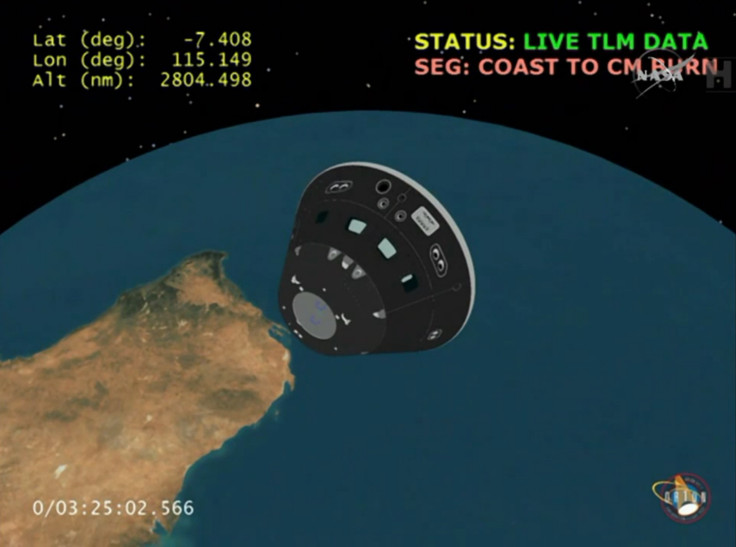
Nasa says the test flight has already far exceeded all expectations and every single critical milestone has been achieved.
Orion's crew module successfully detached from the service module at 3.29pm GMT (10.29am EST) and flew freely for the first time in the whole journey.
Designed to look similar to the Apollo command modules that returned to Earth in the 1970s, Orion is a state-of-the-art spacecraft designed to take four astronauts into space and then send them safely back to Earth.
The Orion crew module is built from a titanium skeleton with a skin made from a fiberglass honeycomb with 320,000 cells. Its sides are covered in 970 tiles that also combat the heat.
At 4:.9pm GMT, Orion began its entry interface into the Earth's atmosphere and entered a brief blackout in telemetry systems for one minute until 4.22pm GMT (11.22am EST).
Travelling at a speed of 32,000km/hr, Orion endured temperatures of 2,200 degrees Celsius (4,000 degrees Fahrenheit), which is twice as hot as molten lava, while the sides of the module would endure temperatures of 3,150 degrees Fahrenheit.
Orion marks important step towards Mars mission
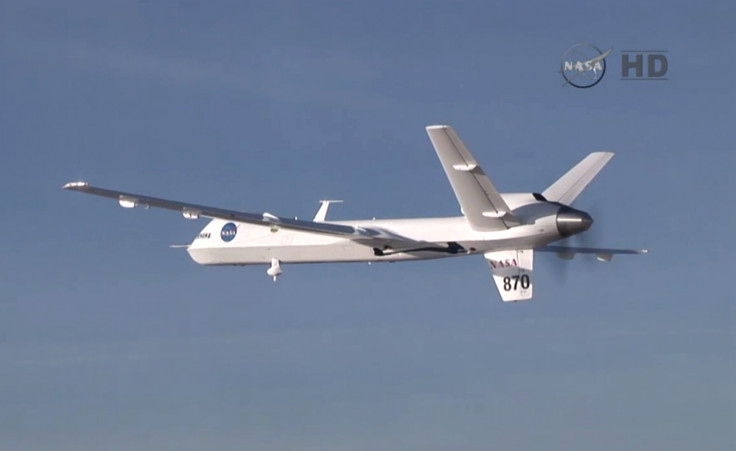
According to Nasa, 20% of the heat shield burned away during this time due to a g-force of 8-8.3.
Orion also had 11 parachutes to slow the crew module down from a speed of 300 miles per hour, down to less than 20 miles per hour, and three main parachutes will be deployed for landing.
Earlier, Brandi Dean of Nasa Communications said during the live broadcast that in order to afford the research and test flight for its Mars mission, it would have had to given up its work on the International Space Station, so Nasa instead signed deals with commercial firms such as Lockheed Martin and United Launch Alliance in order to make Orion possible.
Data captured by Orion during its journey, together with analysis from the mission, will enable to Nasa to learn how well its spacecraft can stand a mission into deep space.
After this, another unmanned mission will be carried out in 2018. And if that goes well, it will then be possible to send the first human mission to Mars in 2020 or 2021.
© Copyright IBTimes 2025. All rights reserved.






















